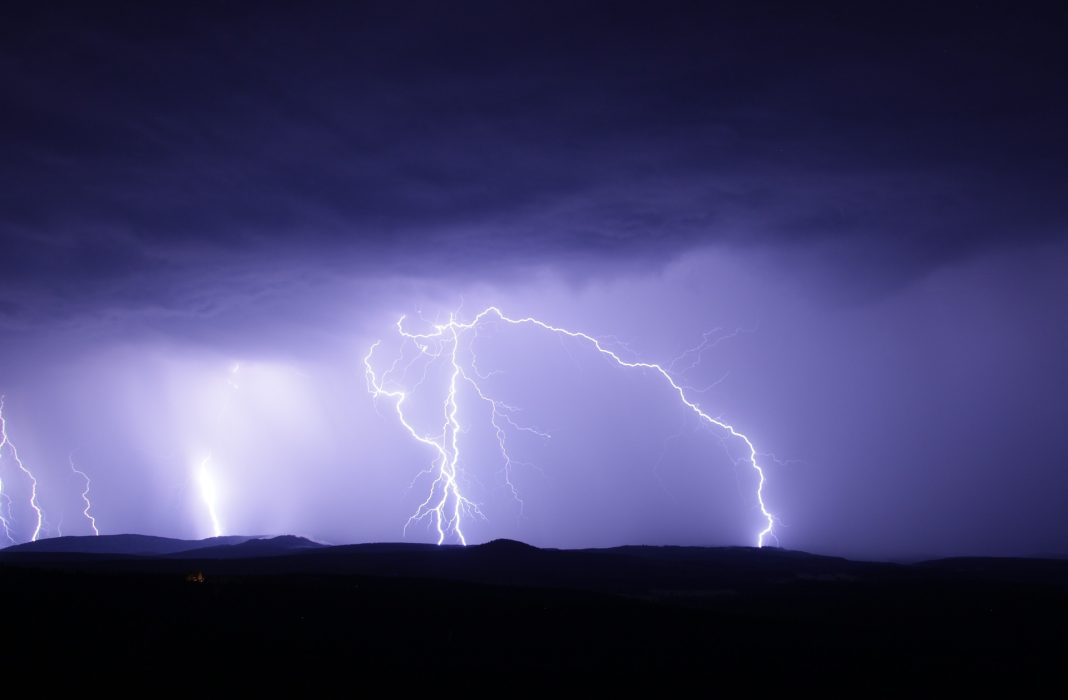The World Meteorological Organization (WMO) has confirmed a new world record for the longest single lightning flash ever measured — an enormous bolt that stretched 829 kilometers (515 miles) across the sky during a storm on October 22, 2017.
The flash, now officially certified as a “megaflash,” arced from eastern Texas all the way to near Kansas City, Missouri, covering roughly the same distance as a flight from New York City to Charlotte, North Carolina.
“This megaflash demonstrates the extraordinary scale of some thunderstorms and the importance of monitoring them,” said WMO Secretary‑General Celeste Saulo, calling lightning “a persistent hazard that demands respect and scientific vigilance.”
Satellite Data Revealed the Record
The event was detected using advanced sensors aboard NOAA’s GOES‑16 satellite and confirmed with ground-based lightning networks. Scientists calculated the flash at 829 kilometers with a ±8‑km margin of error, eclipsing the previous record of 768 kilometers set in April 2020.
Rare but Powerful Phenomenon
According to WMO scientists, megaflashes occur in less than one percent of thunderstorms and typically form in massive weather systems known as Mesoscale Convective Systems. The 2017 flash lasted about 7.4 seconds, shorter than the record for the longest-duration strike, a 17‑second megaflash over South America in 2020.
Why It Matters
Experts say such records help improve lightning safety, aviation planning, and wildfire prevention. “This is not just a record‑book entry — it’s critical information that saves lives,” said Professor Randall Cerveny, WMO’s rapporteur on weather and climate extremes.
The WMO added that the finding underscores the need for continued investment in satellite observation and public awareness.
The megaflash report has been published in the Bulletin of the American Meteorological Society.




